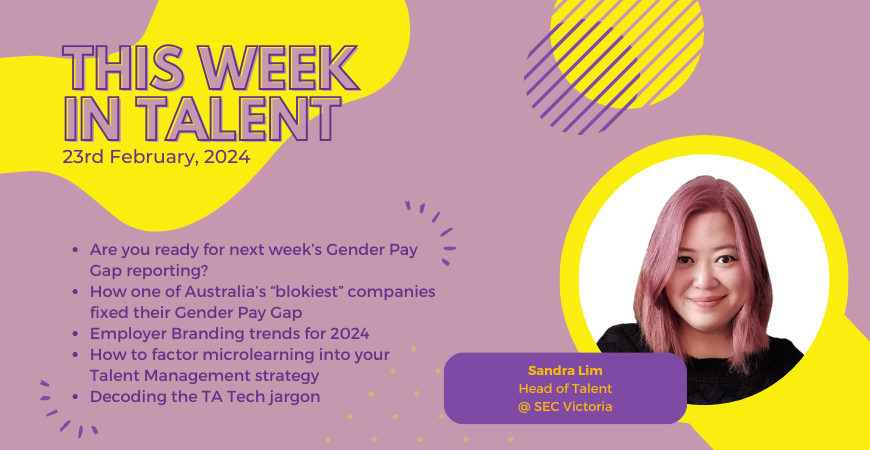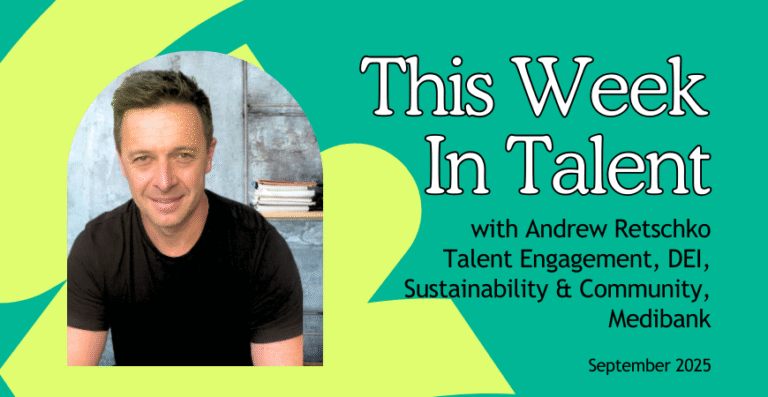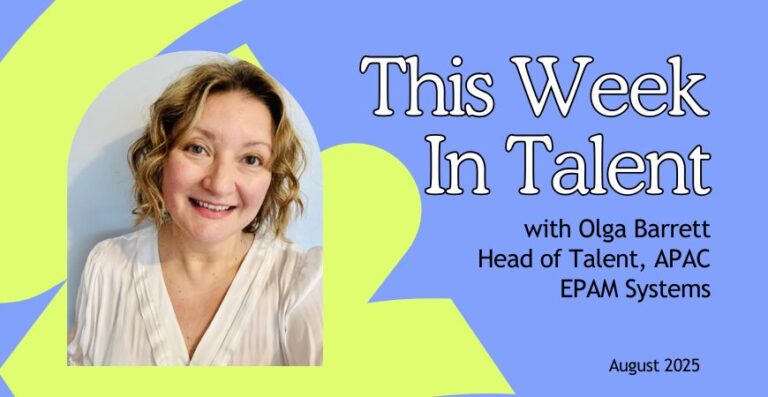And just like the Taylor-mania that descended upon Melbourne has come to an end, my second time round as the TWIT editor for the ATC comes to a close!
If you thought that you belong with me, sadly that’s just a love story that never was. Look what you made me do!
What’s really exciting to note is that the countdown to the WGEA Gender Pay Gap Reveal is on – there’s approximately 2 days (excluding the weekend), by the time this blog is posted, are you …ready for it? It certainly is the hottest trending topic amongst my peers within the People, Culture, and Talent network.
Don’t be one of those employers where you are unprepared, and when you come into work on Wednesday the 28th, to screams of ‘we are never ever getting back together’ from your employees. For some of our female workforce, the truth is going to hurt, and unfortunately, it’s going to be a cruel summer and there will be some bad blood from this point on.
Don’t blame me or anyone else if you haven’t put in the effort to address the gender pay gap issues with your organisation, and just know that, your employees will not tolerate it.
You can either bury your head in the sand, but know that Karma will bite, so do what needs to be done, and I’m not talking about vigilante shit, I mean, get your act together to do things right, ‘tis the damn season for it!
Any employers with 100 or more must report on their policies around gender equality, including pay equity on an annual basis, and the information will be publicly available from February 27th 2024, which will cover the period from 1 April 2022 to 31 March 2023. That’s over 5000 employers and 4.6 million workers. Three in four Australian employers have a gender pay gap of more than 5%.
To those who have addressed the gender pay gaps since then, good for you, but there’s still much to be done.
Some things to note:
- Across all industries in Australia, women are earning on average less than men.
- Currently at 21.7%, the gender pay gap in Australia is an on-going situation that undermines women’s earnings.
- WGEA will publish private sector employer gender pay gaps from 27th February 2024.
- WGEA will publish median employer gender pay gaps in the first release.
- Average is the number obtained when all the results are summed up and divided by the number of results.
- Median is the number that falls in the middle of a set of results.
- Employers can explain their gender pay gap in a statement.
- The gender pay gap is the difference in average earnings between men and women in the workforce (this is not about paying both men and women the same for the same or comparable job.
- Don’t panic. You can still take proactive steps in how you communicate internally with your employees, and WGEA is here to help.
This guide from Natalie Flynn, Founder & CEO of equidi addresses some actionable strategies steps to address this very important and serious topic. There’s also a sample Roll Out Plan by Sterning to download.
How one of the ‘bloke-iest’ companies in Australia is smashing the gender pay gap
How does one company in a traditionally male dominated energy industry with a motor racing team address their gender pay gap issue? Viva Energy made deliberate changes to get more women into roles traditionally dominated by men, and spoke to other organisations about what worked (and what didn’t).
Employers will pay the price if unprepared to explain their gender pay gap
Here are some actions that both the P&C and External Communications team can work together on to address any concerns from their internal employees, as well as managing their Employment Brand moving forward post the WGEA announcement.
Winning the talent war: Top employer branding trends for 2024
If you’re like me, you’re likely still crafting your employment branding strategy for 2024. Here are some trends that you might find making its way into your strategy.
Microlearning is impacting talent acquisition at workplaces
How most of our workforce digest new information and learn has changed over the years. Microlearning is growing, so how can organisations work this into their wider Talent Management wheelhouse to keep employees engaged, satisfied, and ultimately, retain them?
Decoding tech jargon: A perplexed HR’s guide to Algorithms, ML and AI in Talent Acquisition
Are you finding it harder and harder to navigate and keep up with the influx of technical jargon and generative AI era? This article could be our guiding star!
The importance of employee advocacy in recruitment
**SPONSORED**
We all know that people trust other people more than they trust brands. So if employee advocacy isn’t already part of your EVP strategy, then now is the time to start.







